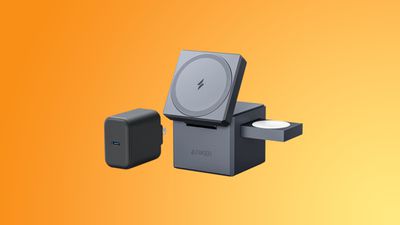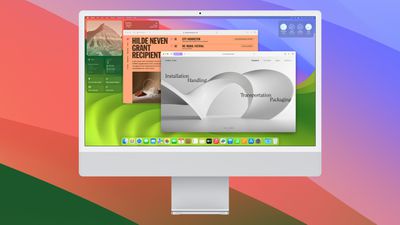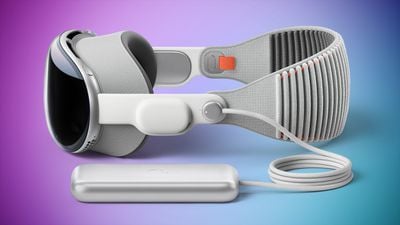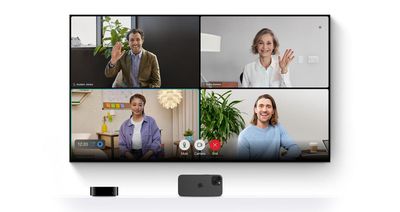Apple today announced financial results for the first fiscal quarter of 2024, which corresponds to the fourth calendar quarter of 2023.
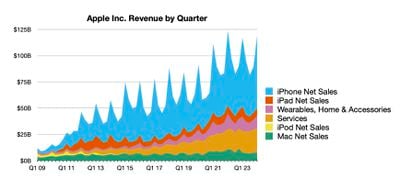
For the quarter, Apple posted revenue of $119.6 billion and net quarterly profit of $33.9 billion, or $2.18 per diluted share, compared to revenue of $117.2 billion and net quarterly profit of $30.0 billion, or $1.88 per diluted share, in the year-ago quarter.
Gross margin for the quarter was 45.9 percent, compared to 43.0 percent in the year-ago quarter. Apple also declared a quarterly dividend payment of $0.24 per share, payable on February 15 to shareholders of record as of February 12.
"Today Apple is reporting revenue growth for the December quarter fueled by iPhone sales, and an all-time revenue record in Services," said Tim Cook, Apple's CEO. "We are pleased to announce that our installed base of active devices has now surpassed 2.2 billion, reaching an all-time high across all products and geographic segments. And as customers begin to experience the incredible Apple Vision Pro tomorrow, we are committed as ever to the pursuit of groundbreaking innovation — in line with our values and on behalf of our customers."
As has been the case for over three years now, Apple is once again not issuing guidance for the current quarter ending in March.
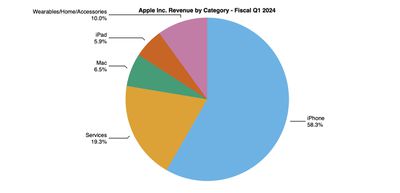
Apple will provide live streaming of its fiscal Q1 2024 financial results conference call at 2:00 pm Pacific, and MacRumors will update this story with coverage of the conference call highlights.
Conference call recap ahead...
➜ Click here to read rest of article...


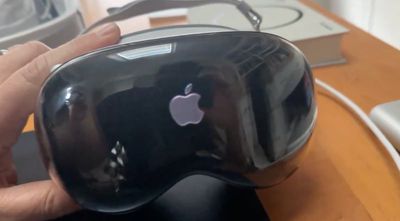
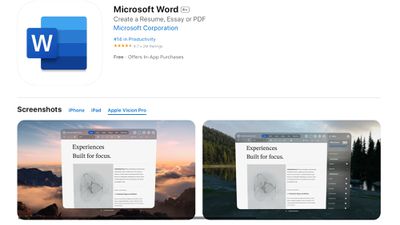
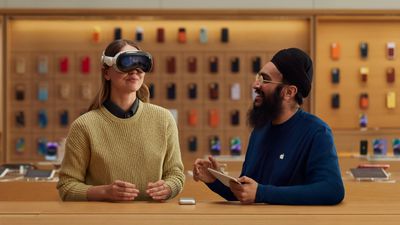

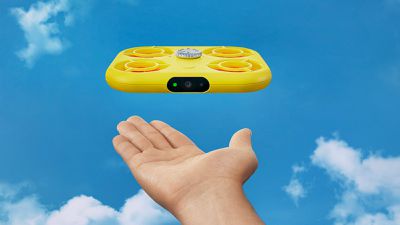
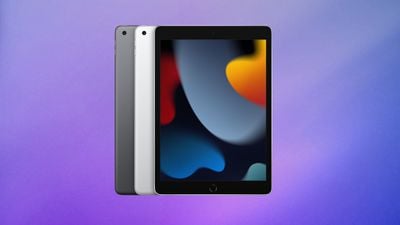 Note: MacRumors is an affiliate partner with Amazon. When you click a link and make a purchase, we may receive a small payment, which helps us keep the site running.
Note: MacRumors is an affiliate partner with Amazon. When you click a link and make a purchase, we may receive a small payment, which helps us keep the site running.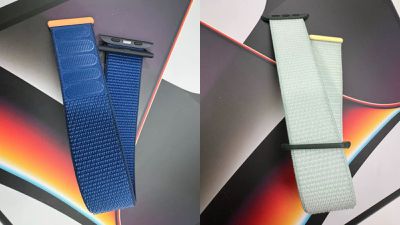
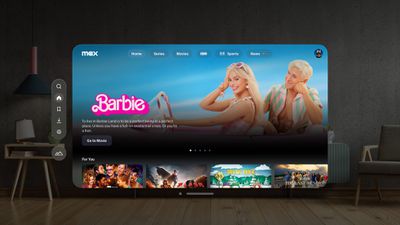
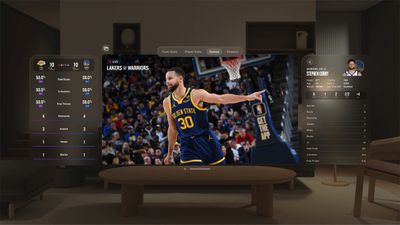



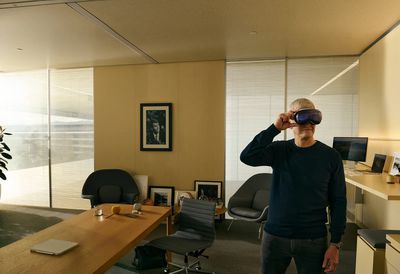
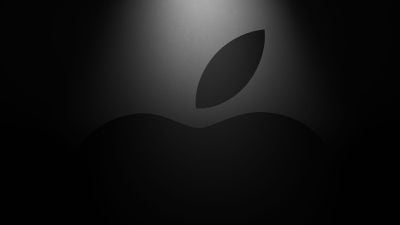
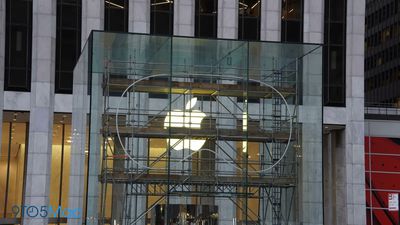
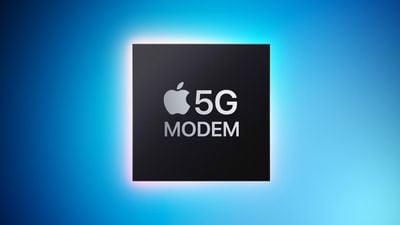
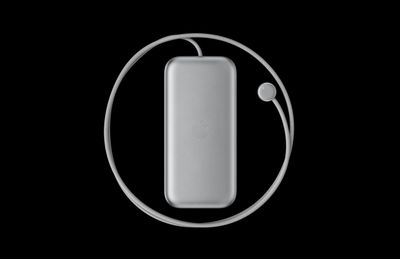
 Note: MacRumors is an affiliate partner with some of these vendors. When you click a link and make a purchase, we may receive a small payment, which helps us keep the site running.
Note: MacRumors is an affiliate partner with some of these vendors. When you click a link and make a purchase, we may receive a small payment, which helps us keep the site running.